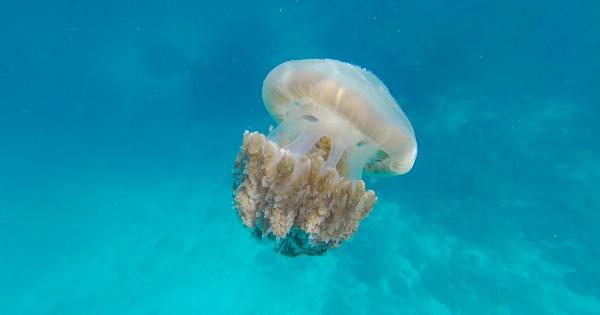Most dogs enjoy playing in the water, whether it is a swimming pool, a lake, or the ocean. But seawater can be dangerous for dogs, and it is important for dog owners to be aware of the hazards that their pets may face when in and around seawater.
Saltwater Poisoning
One of the primary dangers of seawater for dogs is saltwater poisoning, which occurs when a dog drinks too much seawater. The high levels of salt in seawater can cause a range of health problems, including dehydration, vomiting, diarrhea, and seizures.
In severe cases, saltwater poisoning can even be fatal.
Dangerous Marine Life
Another hazard of seawater is the presence of dangerous marine life. Jellyfish, stingrays, and certain species of fish can all pose a threat to dogs.
Jellyfish stings can cause painful rashes and blisters, while stingray stings can be extremely painful and may require veterinary attention. Certain types of fish, such as pufferfish, can be poisonous if ingested by dogs, leading to serious health problems or even death.
Rip Currents
Rip currents are another potential hazard for dogs that are in or near seawater. These powerful ocean currents can quickly pull both humans and animals out to sea, making it difficult to swim back to shore.
If your dog is caught in a rip current, it is important to remain calm and try to swim parallel to the shore to escape the current’s pull. If you are unable to make it back to shore, call for help and stay afloat by conserving your energy.
Overexertion
Swimming in seawater can be a great form of exercise for dogs, but it is important to be aware of the risks of overexertion. Saltwater can be tiring for dogs to swim in, and the rough waves and currents can make swimming even more challenging.
It is important to watch your dog carefully for signs of exhaustion, such as heavy panting, excess drooling, and difficulty staying afloat. If you notice any of these signs, it is time to take a break and let your dog rest.
Algae Bloom
Finally, seawater can be dangerous for dogs if there is an algae bloom present. These blooms can be toxic, and dogs that ingest contaminated seawater may experience symptoms such as vomiting, diarrhea, and seizures.
It is important to stay up to date on any algae bloom warnings in your area and to avoid taking your dog swimming in contaminated water.
Conclusion
While seawater can be a fun and refreshing way for dogs to cool off and get exercise, it is important for dog owners to be aware of the potential hazards that their pets may face when in and around seawater.
By staying aware of these risks and taking necessary precautions, you can ensure that your dog stays happy, healthy, and safe while enjoying the wonders of the ocean.





























